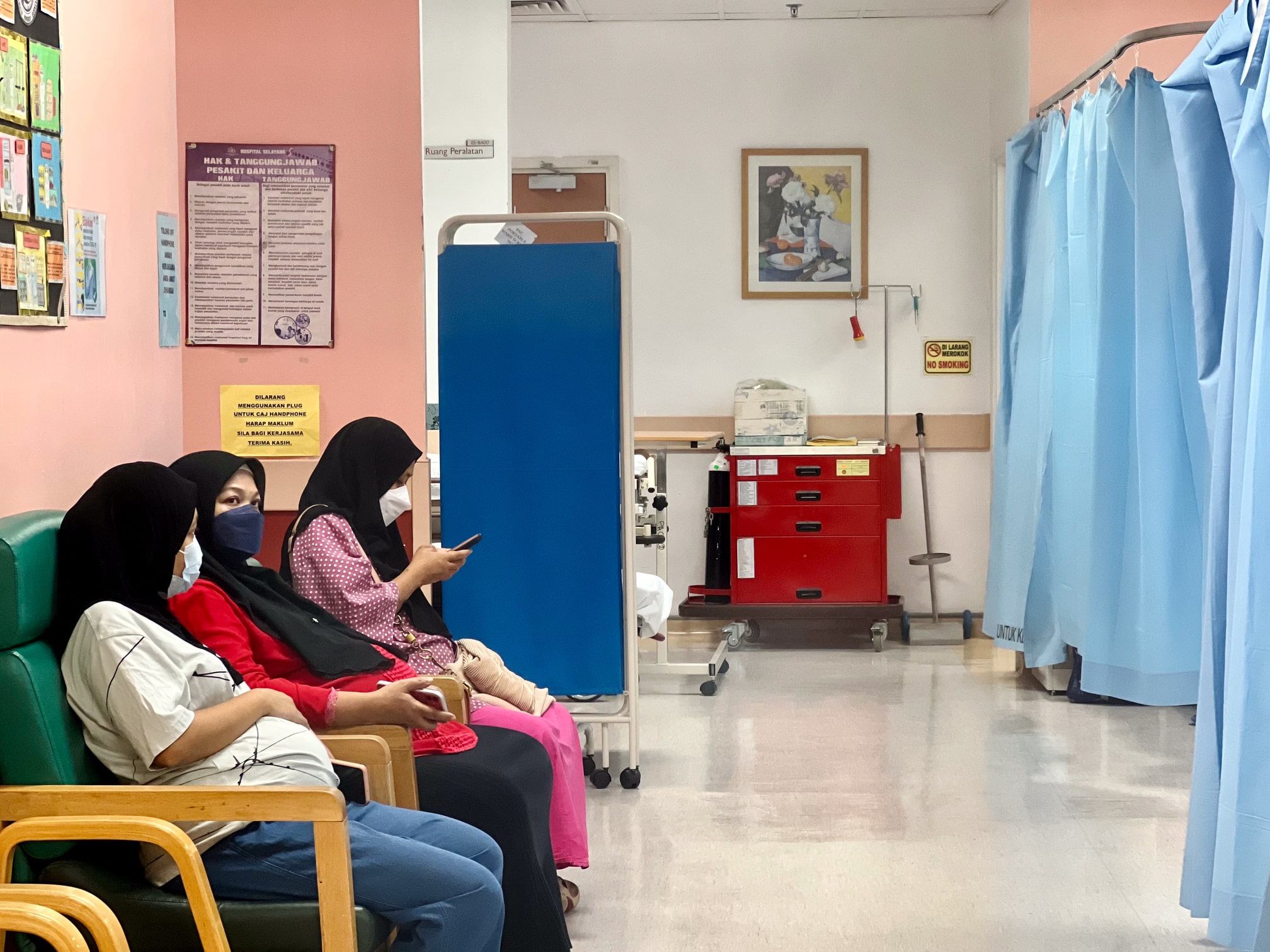KUALA LUMPUR, Oct 26 – There are 647 medical officers currently undergoing training to become obstetrics and gynaecology (O&G) specialists, Ministry of Health (MOH) data show.
The addition of 647 doctors in training represents a more than doubling (155 per cent) of the existing number of O&G specialists in MOH facilities, which currently stands at 417, said Health Minister Dr Zaliha Mustafa in a written parliamentary reply last Monday (October 23).
However, the total count still falls short of the MOH’s goal of having 1,400 O&G specialists by 2025, with a further increase to 1,650 by 2030. The aim is to have a doctor-to-population ratio of 1:25,000 O&G specialists by 2025 and 1:22,500 O&G specialists by 2030.
In fact, the current number of O&G specialists at 417 suggests a decline of 228 O&G specialists since the start of the year, falling from 645 O&G specialists in 2022.
Dr Zaliha was responding to Hulu Langat MP Mohd Sany Hamzan’s question on the steps taken by the ministry to address the shortage of female O&G specialists to treat female patients.
The shortage of O&G specialists in Malaysia poses a range of challenges, particularly in providing timely and quality care to pregnant women and addressing reproductive health concerns.
These specialists play a crucial role in monitoring pregnancies, conducting tests, diagnosing complications, and providing interventions. Delays in prenatal care and necessary medical interventions can impact the health of both mother and baby.
Dr Zaliha noted that the majority of childbirth processes occur through normal methods that only require the involvement of midwives and do not necessitate a doctor’s intervention.
“Only a small number of cases involving women experience complications during childbirth and require interventions that involve a doctor’s assistance. Although a female patient may be examined by male medical personnel, the patient examination procedure mandates the presence of a female chaperone (with consent) during each examination,” Dr Zaliha said.
The health minister pointed out that of the 417 O&G specialists currently serving under the MOH, 74 per cent, or 307, are female obstetricians and gynaecologists. Among the 647 medical officers in O&G specialist training, 80.5 per cent are women.
Dr Zaliha said that the significant number of female doctors in the O&G field is evidence that the field of obstetrics and gynaecology is predominantly led by women.
“In terms of service delivery, the government has provided and allocated nurses trained specifically as midwives, making up 10 per cent of female health care workers. Men are not allowed to become midwives in this country,” the health minister said.
Dr Zaliha acknowledged that the obstetrics and gynaecology field is an exceptionally challenging specialty with a very high risk of litigation.
“Therefore, all house officers, regardless of gender, should delve into this field given the possibility that they may be placed in remote areas or be on solo on-call duties. If a doctor lacks experience in handling cases of women’s health or childbirth, it not only jeopardises the patient’s life but also the life of the baby,” she said.
“It needs to be stressed here that the MOH will not compromise at all in fulfilling the responsibility of not just providing comfortable services, but the safety of a patient is of utmost importance and requires attention.”








